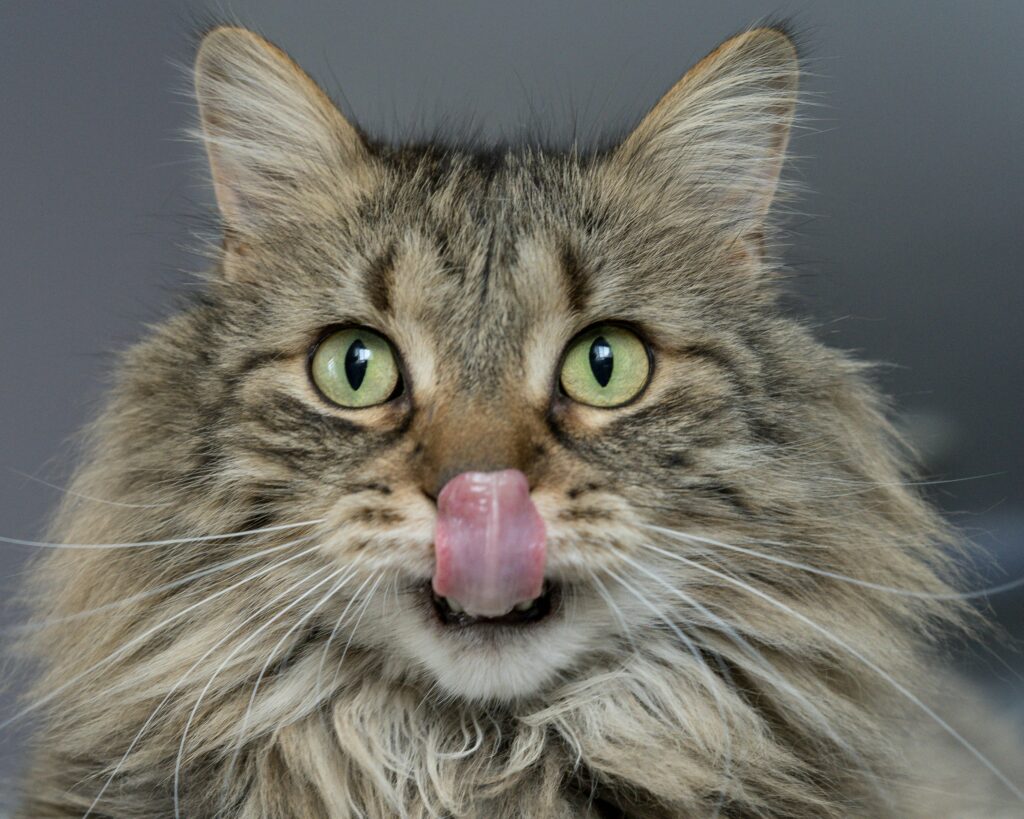Choosing the right food for your cat can be tricky. Should you go with wet food or dry kibble? Each has its own benefits. The best choice depends on your cat’s health, lifestyle, and preferences. Let’s break it down so you can make the best decision for your feline friend.
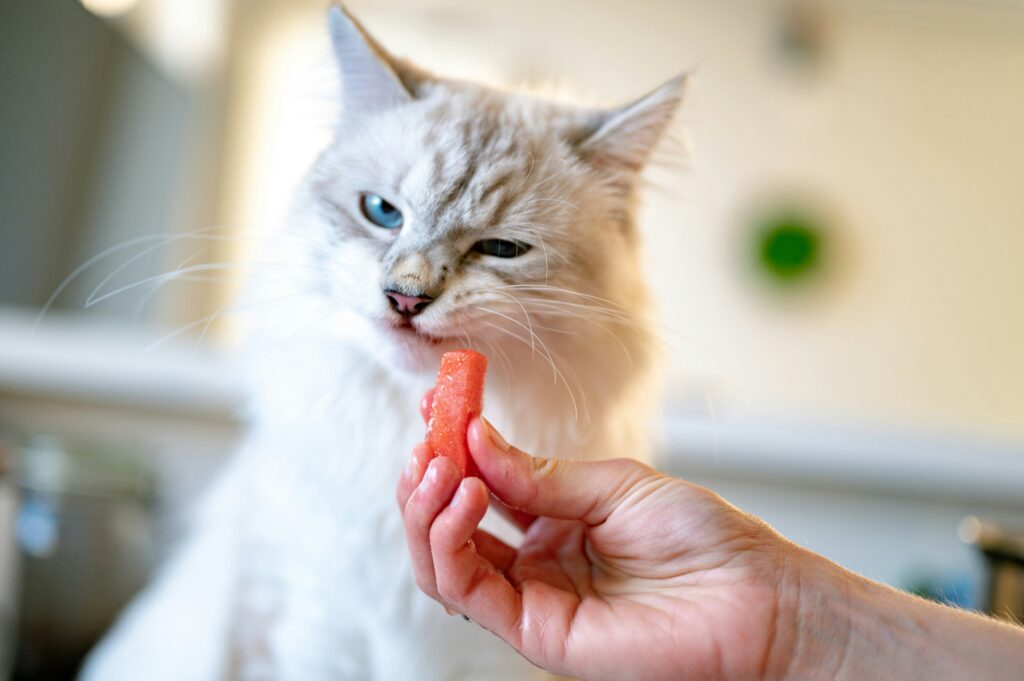
1. Wet vs. Dry Food: What’s the Difference?
Both wet and dry food provide essential nutrients. However, they differ in several key ways.
Wet Cat Food
- High moisture content (70-80%), helping with hydration.
- Lower in carbohydrates, higher in protein, mimicking a cat’s natural diet.
- More appealing taste and smell, ideal for picky eaters.
- Shorter shelf life once opened, requiring refrigeration.
Dry Cat Food
- Longer shelf life and easier storage.
- Higher calorie density, which can lead to weight gain if overfed.
- More affordable and convenient, especially for free-feeding.
- Some dental benefits, but does not replace proper dental care.
One of the biggest differences is hydration, which plays a critical role in a cat’s overall health.
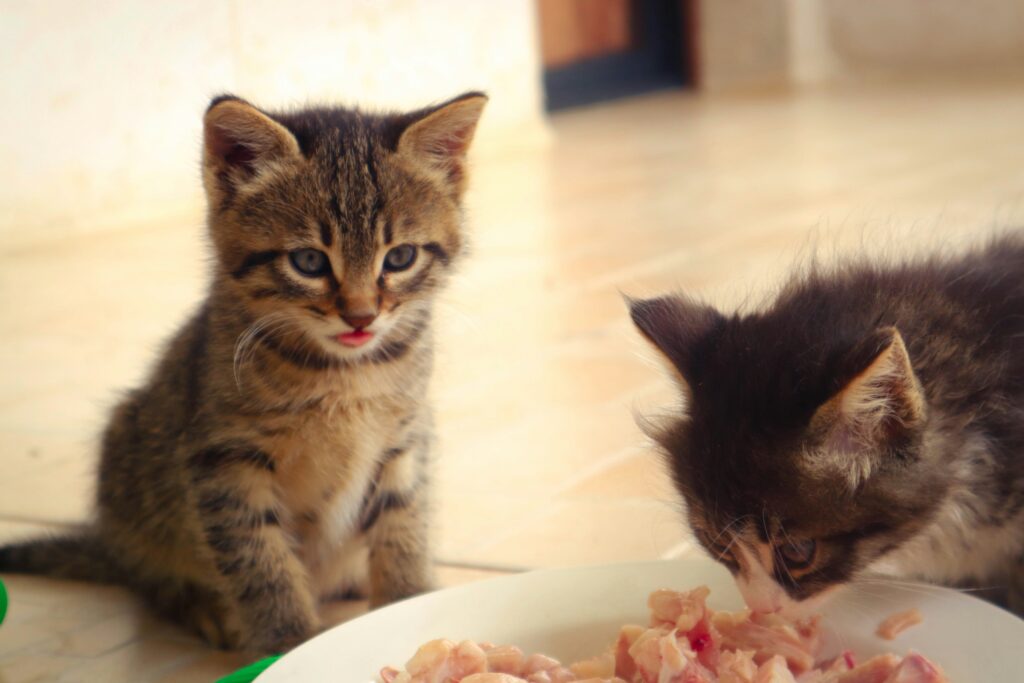
2. Hydration: Why It Matters
Cats have a low thirst drive because their ancestors got most of their water from prey. If a cat eats only dry food, they may not drink enough water, increasing the risk of urinary tract infections and kidney disease.
To prevent dehydration:
- Provide fresh water at all times.
- Consider using a cat water fountain to encourage drinking.
- Include wet food in the diet to boost moisture intake.
A well-hydrated cat is less likely to develop urinary or kidney issues.
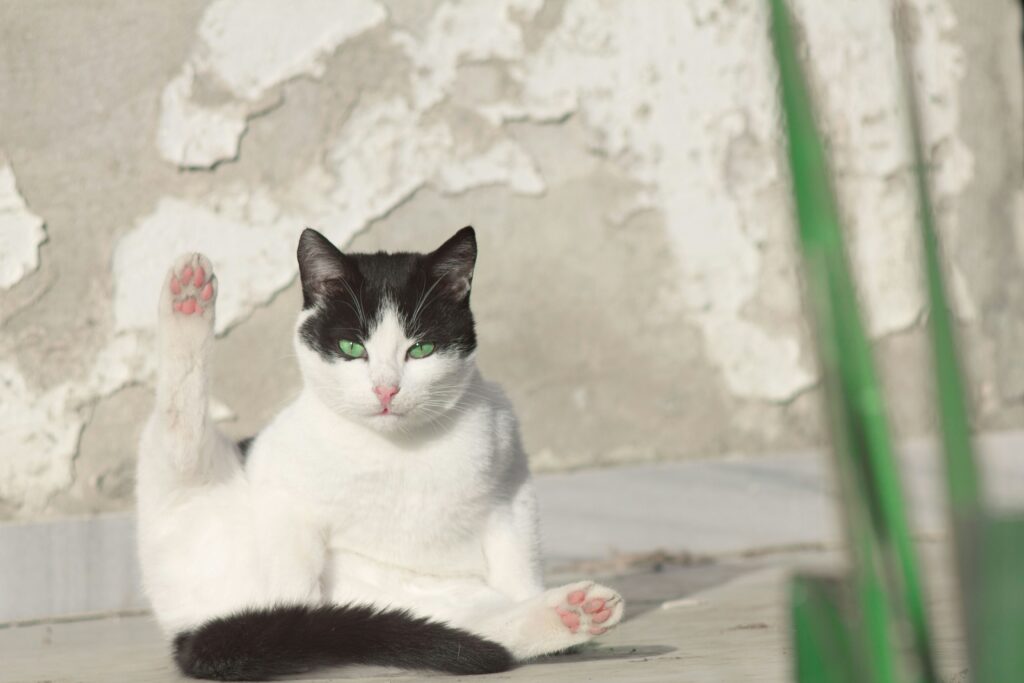
3. Weight Management and Portion Control
A cat’s diet directly affects weight and metabolism.
- Wet food has fewer calories per gram, keeping cats full longer and supporting weight control.
- Dry food is calorie-dense, making portion control essential to prevent overeating.
To maintain a healthy weight:
- Measure portions instead of free-feeding dry food.
- Follow a consistent feeding schedule.
- Adjust portions based on activity level and age.
Overweight cats are at a higher risk of diabetes, joint issues, and heart disease.
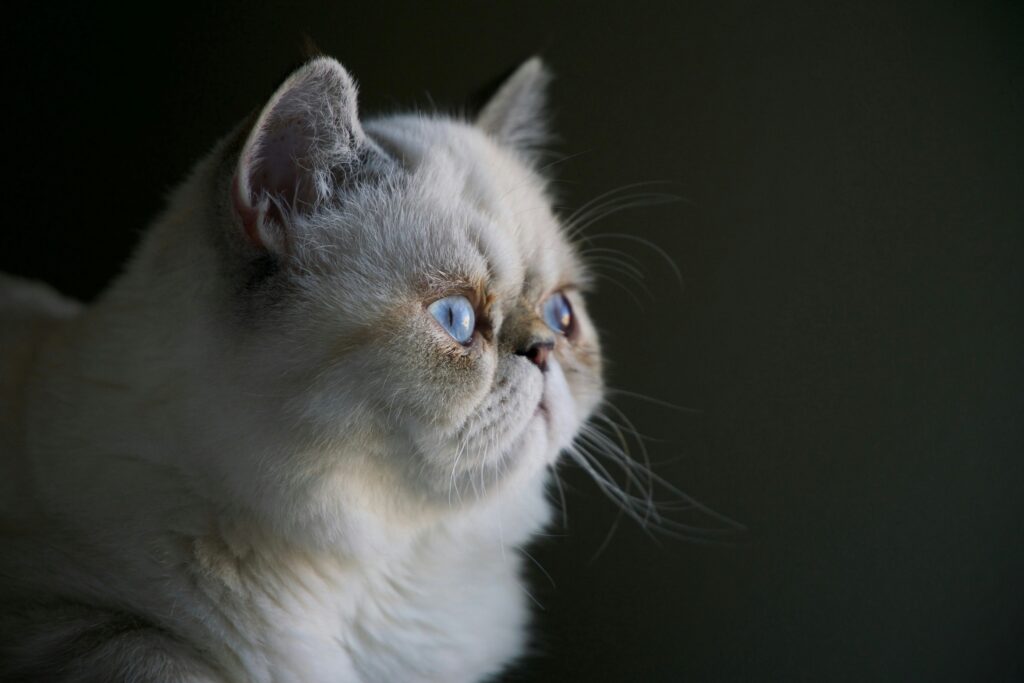
4. Does Dry Food Improve Dental Health?
Many believe that dry food helps clean a cat’s teeth, but studies show it has minimal impact on plaque removal. Most kibble is too small to provide a significant cleaning effect.
To maintain oral health:
- Brush your cat’s teeth regularly.
- Provide dental treats or vet-approved chews.
- Schedule professional dental cleanings when necessary.
Good dental hygiene is essential, regardless of diet.
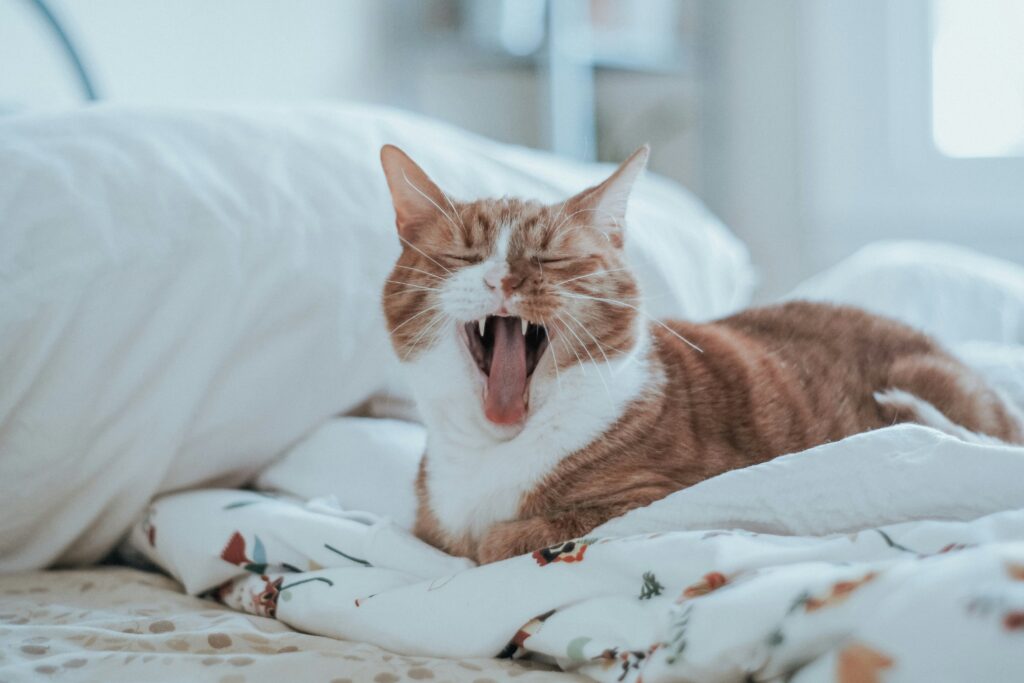
5. A Balanced Approach: Mixing Wet and Dry Food
Many veterinarians recommend feeding a combination of wet and dry food to provide a well-rounded diet.
- Wet food offers hydration and supports kidney health.
- Dry food is convenient and cost-effective.
A mixed diet can help maintain hydration while offering the benefits of kibble.
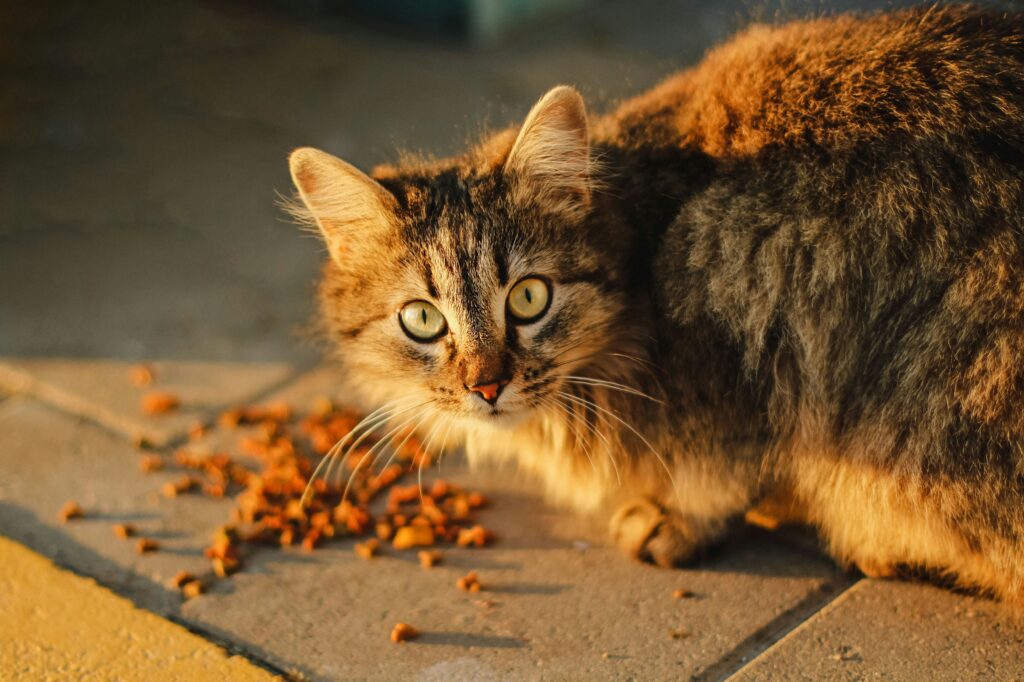
Final Verdict: Which Diet is Best?
| Feature | Wet Cat Food | Dry Cat Food |
| Moisture Content | High (70-80%) – Helps with hydration | Low (10-12%) – May lead to dehydration |
| Nutritional Value | Higher protein, lower carbs – Closer to natural diet | Higher carbs, lower moisture |
| Taste & Palatability | More appealing – Ideal for picky eaters | Less appealing, but some cats prefer it |
| Shelf Life & Storage | Shorter – Needs refrigeration after opening | Long shelf life – Easy to store |
| Weight Control | Lower calorie density – Helps prevent overeating | Higher calorie density – Requires portion control |
| Dental Benefits | No significant impact | May help slightly, but not a replacement for dental care |
| Convenience | Requires portioning and refrigeration | Easier to store and free-feed |
The best choice depends on your cat’s individual needs.
- For kittens and senior cats – Wet food is easier to chew and digest.
- For overweight cats – Wet food helps with portion control.
- For busy owners – A combination of wet and dry food provides balance.
- For cats with urinary issues – Wet food is the better option.
Personally, my cat enjoys a combination of wet and dry food. Since incorporating wet food into her diet, I’ve noticed significant improvements in her digestion. If you are unsure, consult your veterinarian for personalized recommendations.
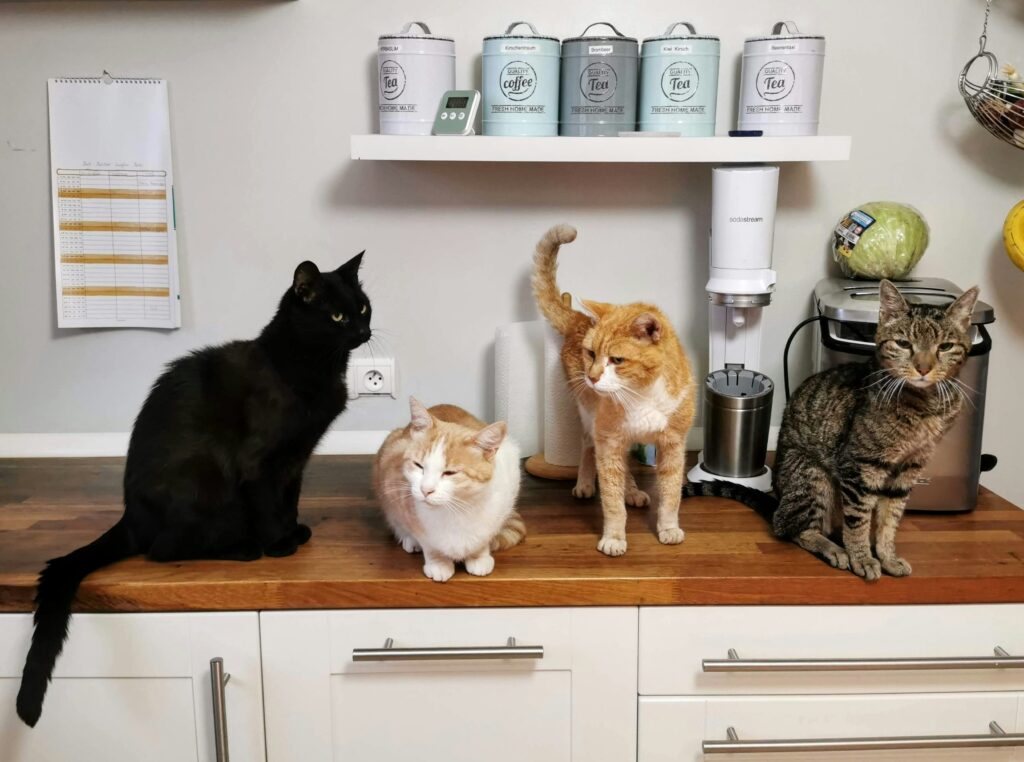
Curious to know more about how your cat is feeling? Read our latest blog post on 20 Common Cat Behaviours and What They Really Mean
